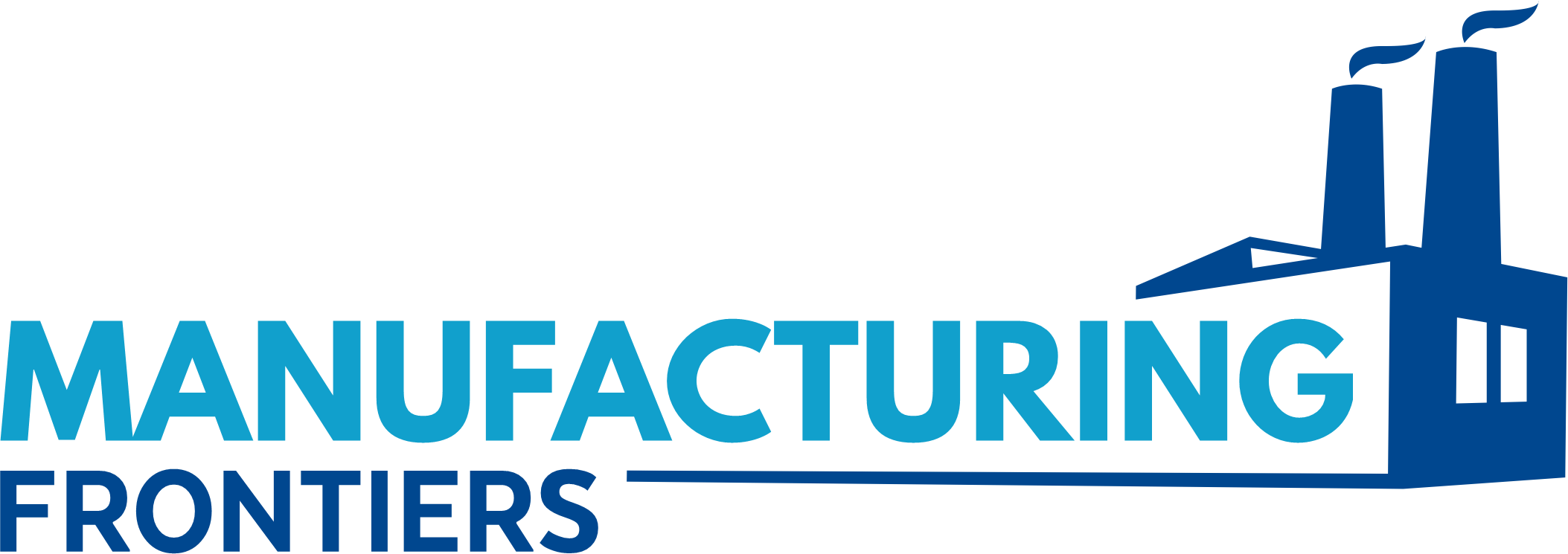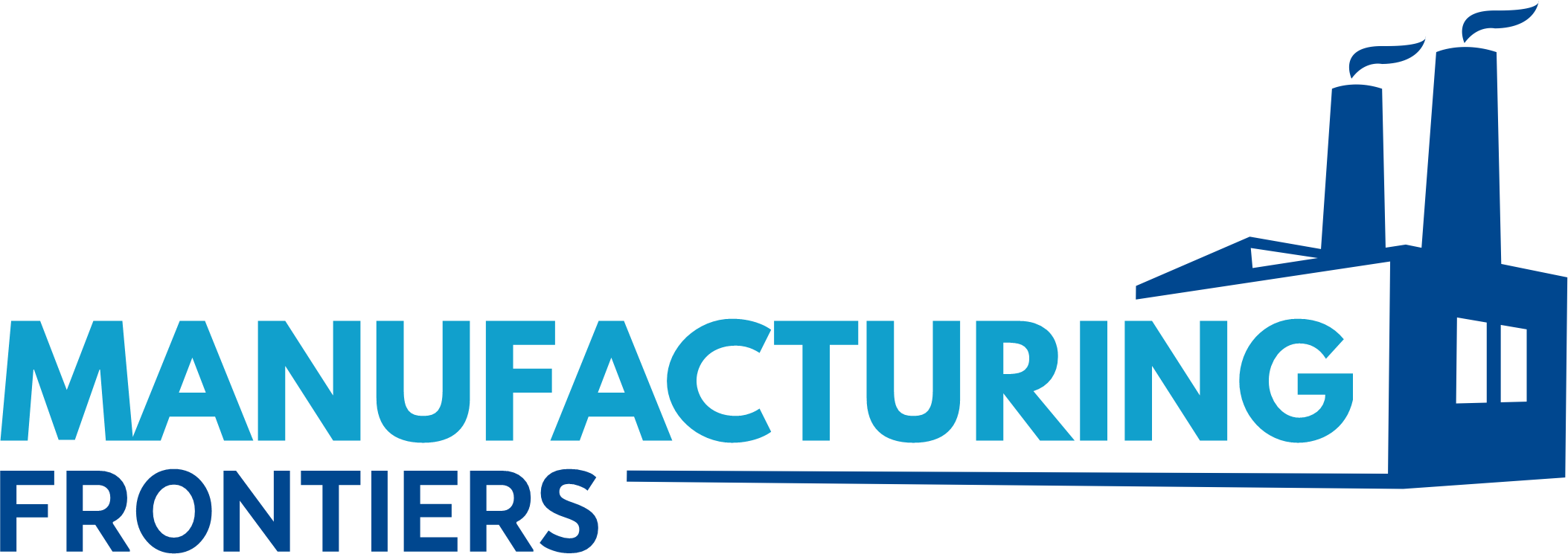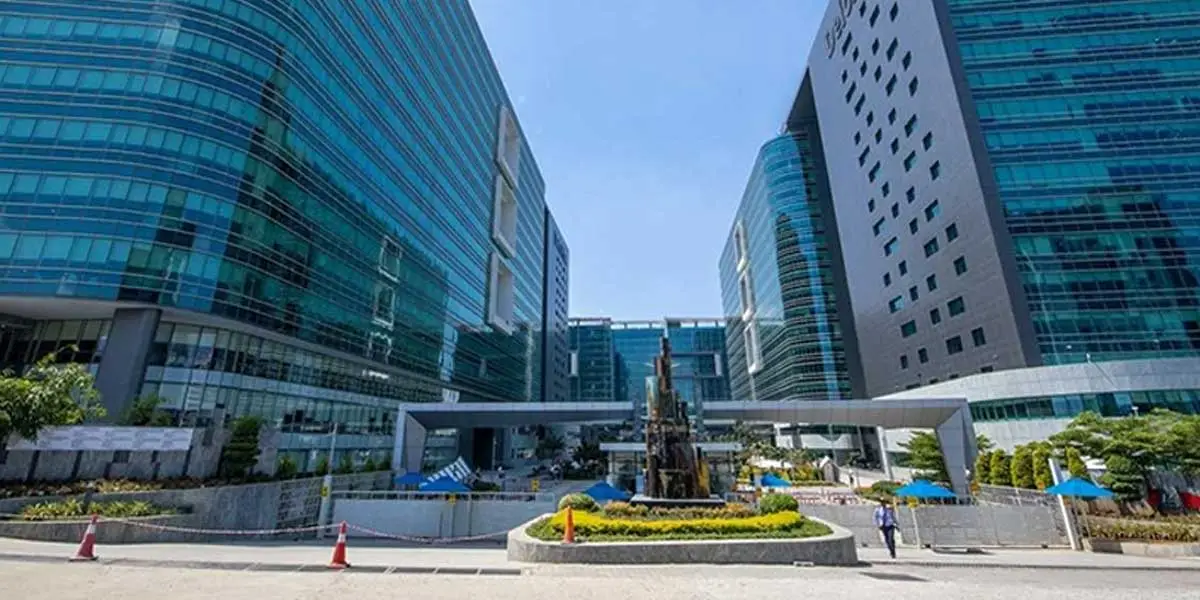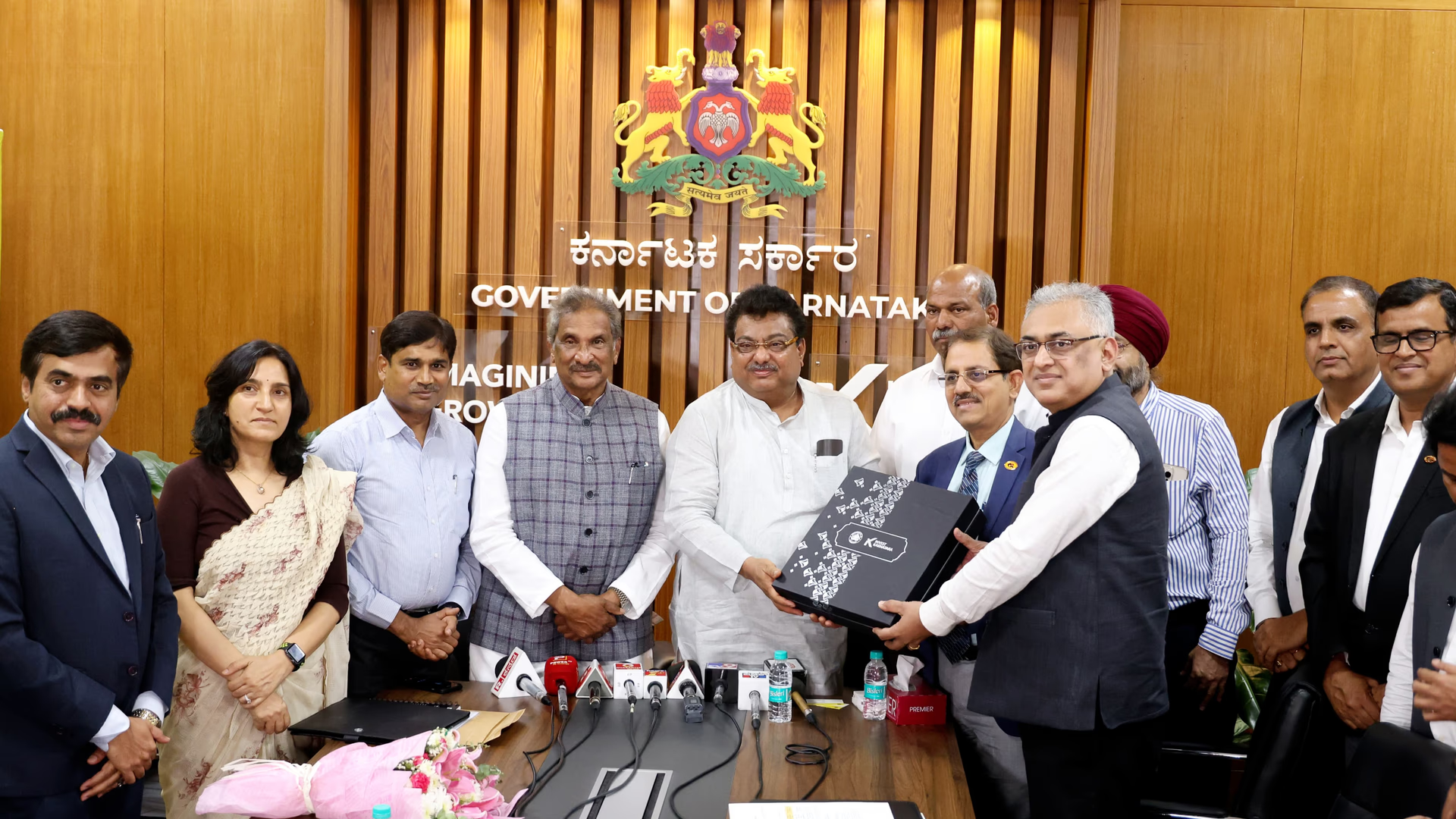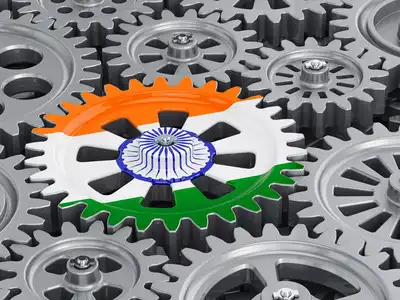implementing these advanced technologies successfully.
In this blog, we explore the primary challenges manufacturers face when integrating IoT, AI, and RPA into their operations, and how they can overcome these obstacles to maximize the potential of these technologies.
1. Lack of Skilled Workforce
One of the biggest challenges in integrating IoT, AI, and RPA in manufacturing is the shortage of skilled labor. The implementation of these technologies requires a highly skilled workforce that understands not only the basic functionality of the technologies but also how to optimize them for specific manufacturing processes.
- AI Expertise: AI requires data scientists and machine learning experts who can train algorithms to analyze large sets of data and derive actionable insights. Finding and retaining such talent can be difficult, particularly in countries like India, where there is a growing demand for AI professionals in various sectors.
- IoT and RPA Skills: For IoT, manufacturers need engineers who are familiar with sensor technologies, network infrastructure, and data analytics. Similarly, RPA implementation requires a workforce proficient in designing, developing, and managing automated workflows. Without these skills, integrating such advanced technologies becomes a complex and costly task.
Solution: Manufacturers can invest in employee training and development programs, as well as establish partnerships with universities and tech institutes to ensure a steady pipeline of talent. Additionally, outsourcing certain tasks to third-party technology providers or consultants can help ease the skills gap.
2. High Initial Investment Costs
Implementing IoT, AI, and RPA technologies can be capital intensive. The initial investment for upgrading existing infrastructure, purchasing new equipment, and integrating advanced technologies can be a significant barrier for many manufacturers, especially small and medium-sized enterprises (SMEs).
- IoT Infrastructure: The cost of installing IoT sensors, gateways, and communication networks can be high. Additionally, manufacturers must upgrade their IT infrastructure to handle the vast amounts of data generated by IoT devices.
- AI and RPA Software: The cost of AI-driven software and robotic automation systems can also be prohibitive, particularly when considering licensing fees, maintenance costs, and training expenses.
Solution: To overcome the financial challenge, manufacturers can explore incremental implementation. By starting with pilot projects or adopting a phased approach, companies can test the waters before committing to large-scale deployment. Additionally, they can look into government incentives or financial programs aimed at promoting technology adoption in the manufacturing sector.
3. Integration with Legacy Systems
Many manufacturers still rely on legacy systems, which may not be compatible with modern technologies like IoT, AI, and RPA. Integrating these new technologies with outdated systems is often complex and time-consuming. This can result in data silos, poor communication between systems, and inefficiencies that limit the effectiveness of new technologies.
- Data Integration: Legacy systems may store data in formats that are incompatible with modern analytics platforms used by IoT or AI. Data from different machines, sensors, and production lines may be scattered across multiple systems, making it challenging to collect and analyze in real time.
- Automation Limitations: Legacy systems may lack the flexibility required to support the automation of processes via RPA, leading to manual intervention and inefficiencies.
Solution: Manufacturers need to consider upgrading or replacing legacy systems to ensure seamless integration with new technologies. A hybrid approach, where new technologies are integrated alongside legacy systems, can also be adopted. Investing in middleware solutions that bridge the gap between old and new systems is another practical option.
4. Data Security and Privacy Concerns
The integration of IoT, AI, and RPA in manufacturing generates vast amounts of data, much of which is sensitive in nature. Ensuring the security and privacy of this data is a major concern for manufacturers, especially with the increasing risks of cyberattacks and data breaches.
- Cybersecurity Risks: IoT devices are particularly vulnerable to security breaches, as they are connected to the internet and may not have robust security features. A breach could lead to the theft of intellectual property, sensitive customer data, or disruption of production lines.
- Data Privacy: Manufacturers must also adhere to data privacy regulations, such as GDPR, to ensure the safe handling of personal and business data. Mishandling or inadequate protection of data can result in legal ramifications and reputational damage.
Solution: Manufacturers need to implement robust cybersecurity measures, including encryption, firewalls, and secure communication protocols. Additionally, they must establish clear data governance policies to protect sensitive information. Regular security audits and compliance checks will help mitigate risks and ensure adherence to regulations.
5. Scalability and Flexibility
As manufacturers grow, they need technology solutions that can scale to meet increasing demands. However, many IoT, AI, and RPA implementations are designed for specific use cases or smaller operations, which can limit their flexibility and scalability.
- IoT Limitations: As production lines grow, IoT sensors may struggle to handle large amounts of data. Network congestion and the need for additional storage and processing power can hinder scalability.
- AI Models: AI models trained on small datasets may not work as effectively when applied to larger and more diverse datasets. This requires continuous retraining and adaptation of AI algorithms, which can be resource-intensive.
- RPA Adaptability: RPA tools may not be flexible enough to adapt to rapidly changing production environments, limiting their usefulness as the organization scales.
Solution: Manufacturers should select technologies that offer scalability and flexibility from the outset. Cloud-based platforms for IoT and AI can help scale operations without the need for significant infrastructure investments. When choosing RPA tools, manufacturers should ensure they are compatible with various workflows and processes, and consider solutions that offer easy customization.
6. Change Management and Resistance to Adoption
Introducing IoT, AI, and RPA technologies into manufacturing environments often involves significant changes in how processes are managed and executed. Resistance to change from employees, particularly those who are used to traditional workflows, can be a major barrier to successful integration.
- Employee Resistance: Workers may fear job displacement due to automation, or they may be apprehensive about using new technology. Without proper buy-in from the workforce, technology adoption can face significant resistance.
- Management Alignment: Senior management must also be aligned on the vision for technology adoption. Without clear communication and a well-defined strategy, the implementation of new technologies can be met with skepticism.
Solution: To overcome resistance, manufacturers should focus on change management strategies that involve clear communication, employee training, and demonstrating the benefits of new technologies. Ensuring that employees understand how technology can enhance their roles rather than replace them will foster greater acceptance.
7. Real-Time Data Processing and Analytics
The success of IoT, AI, and RPA in manufacturing is contingent on the ability to process and analyze data in real time. However, handling such large volumes of data, especially from multiple sensors, machines, and production lines, can be challenging.
- Data Overload: Manufacturing operations generate a tremendous amount of data that needs to be processed quickly for timely decision-making. Without the right infrastructure and analytics capabilities, this data can become overwhelming.
- Latency: IoT sensors, AI models, and RPA tools require fast and reliable data processing. Delays or latency in data transfer can lead to inefficient operations and missed opportunities for optimization.
Solution: Investing in edge computing and real-time analytics platforms can help manage the large influx of data from IoT devices, reducing latency and enabling faster decision-making. Additionally, AI-powered data processing systems can help identify trends and anomalies in real time, allowing manufacturers to take proactive actions.
Conclusion
Integrating IoT, AI, and RPA into manufacturing operations offers immense potential for improving efficiency, reducing costs, and driving innovation. However, the path to successful integration is fraught with challenges, including skill shortages, high initial costs, legacy system compatibility, data security, scalability, and resistance to change.
By adopting a strategic approach to overcoming these hurdles, manufacturers can harness the full potential of these technologies. With careful planning, investment in skills, and a focus on change management, manufacturers can not only overcome integration challenges but also position themselves for long-term success in the increasingly tech-driven manufacturing landscape.
